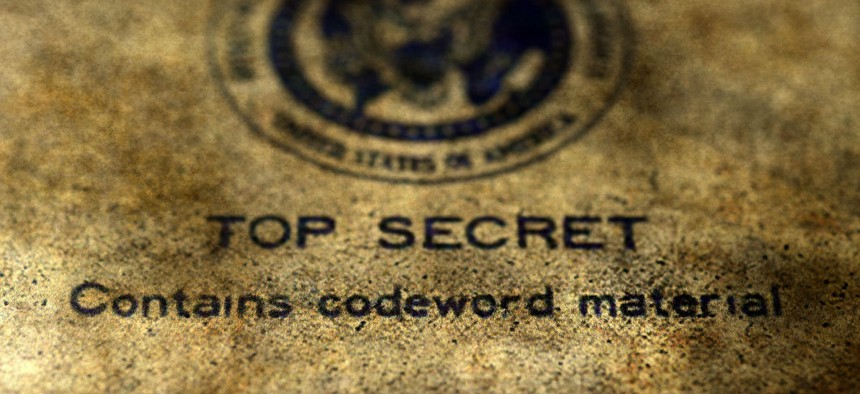Five Things You Need to Know About the Security Clearance Process
Over the past several years, navigating the clearance process has become a roller coaster ride.
If you work for the government, you need to understand the security clearance process. Even if your current position doesn’t require a security clearance (and it’s hard to find one that doesn’t require at least a public trust), there’s a good chance you’ll come across clearance terminology in your workplace. Here are five things to keep in mind:
You’re not imagining it—the cleared population is shrinking. If your position used to require a clearance and now suddenly doesn’t, this point applies to you. The government’s response to insider threats was a serious crack down on access to classified information. Between 2013 and 2016 the Department of Defense reduced the number of security clearance holders by 20 percent.
Budget shortfalls can significantly impact clearance processing times. Over the past several years, navigating the security clearance process has become a roller coaster ride. A number of things can impact the speed of security clearance investigations, and budgets are just one of them. This month the Department of Defense Central Adjudicative Facility confirmed budget issues are causing clearance delays. The issue? A persistent backlog over the past several years has made it hard for the DoD CAF to stay ahead. That means small budget issues can mean major delays for a pending investigation.
Uncle Sam will soon be checking social media. The Director of National Intelligence released guidance allowing background investigators to use social media checks as a part of the clearance approval process. Several pilots of continuous monitoring have been implemented, and social media is among the publicly available information being accessed. If you don’t already know what comes up when you Google your name, now is the time to find out.
The security clearance process is personal. Cut and dry, easy security clearance investigations are a dream for both an applicant and a background investigator. Unfortunately, the human element of the security clearance process heavily increases the opportunity for error. Whether it’s a sloppy SF-86 or serious questions about mental illness, a successful security clearance determination depends almost completely on multiple individuals (applicant, employer, investigator and adjudicator) performing their jobs well. Interim security clearances may involve even more whim. As security clearance consultant William Henderson writes, “Interim clearances are usually decided base on a single review of the case file. Therefore, interim clearance decisions may depend more on the experience and training of the decision maker than on the persuasiveness of the mitigating information submitted.”
There are things you can do to decrease processing time. If you need to get a clearance fast, the best thing you can do is be extremely diligent in completing your SF-86. Here’s a list of nine specific steps you can take to speed up the process. The security clearance paperwork and process are ultimately in the hands of the applicant, so don’t expect your employer to tell you how to fill it out correctly. This applies to both new applicants and professionals up for a reinvestigation.
You may be reluctant to admit that marijuana use in college, but you’ll be even more unhappy when your clearance is denied and you discover you’ll have to wait two more years to reapply.
Lindy Kyzer is the editor of ClearanceJobs.com and a former Defense Department employee.







